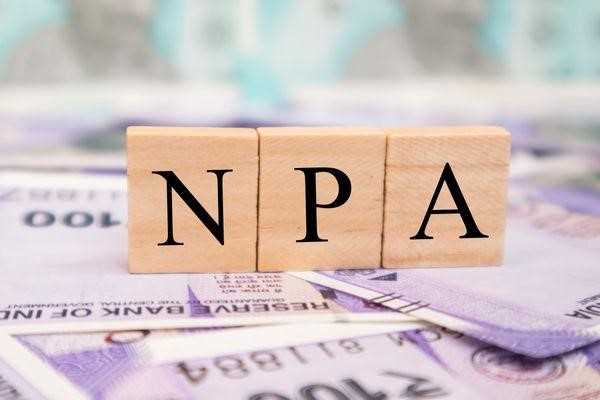Definition and Explanation
A nonperforming asset (NPA) refers to a loan or an advance where the borrower has not made any interest or principal repayments for a specified period, usually for 90 days or more. In simpler terms, it is a loan that has stopped generating income for the lender.
Nonperforming assets can be classified into two main categories: nonperforming loans (NPLs) and nonperforming investments (NPIs). Nonperforming loans refer to loans given to individuals or businesses that have defaulted on their repayments. On the other hand, nonperforming investments include investments made by financial institutions that have failed to generate the expected returns.
Nonperforming Loans (NPLs)
Nonperforming loans are loans that have become delinquent, meaning the borrower has failed to make timely repayments. This can be due to various reasons such as financial difficulties, business failures, or economic downturns. When a loan becomes nonperforming, the lender may have to take legal action to recover the outstanding amount.
Banks and financial institutions classify nonperforming loans based on the duration of nonpayment. Loans that have not been repaid for 90 days or more are considered nonperforming. However, different countries may have different criteria for classifying nonperforming loans.
Nonperforming Investments (NPIs)
Nonperforming investments are investments made by financial institutions that have failed to generate the expected returns. This can include investments in stocks, bonds, mutual funds, or other financial instruments. When these investments underperform or generate losses, they are classified as nonperforming investments.
Financial institutions closely monitor their nonperforming investments and may take corrective actions such as selling the investments at a loss or restructuring their investment portfolio to minimize losses.
Types of Nonperforming Assets

Nonperforming assets (NPAs) can be classified into different types based on their nature and characteristics. These types include:
| Type | Description |
|---|---|
| Substandard Assets | Substandard assets are those that have remained as NPAs for a period of less than or equal to 12 months. These assets have a higher risk of default and require special attention and monitoring from the bank. |
| Doubtful Assets | Doubtful assets are those that have remained as NPAs for a period of more than 12 months. These assets have a higher degree of uncertainty regarding their recovery and require significant provisions to be made by the bank. |
| Loss Assets | Loss assets are those where the bank has identified the assets as uncollectible and written off the entire amount as a loss. These assets have little or no recovery prospects and are considered to be irrecoverable. |
It is important for banks and financial institutions to classify their NPAs accurately and regularly in order to assess the health of their loan portfolios and take appropriate measures to mitigate the risks associated with these assets. Proper classification and provisioning for NPAs are essential for maintaining the stability and profitability of the banking sector.

Emily Bibb simplifies finance through bestselling books and articles, bridging complex concepts for everyday understanding. Engaging audiences via social media, she shares insights for financial success. Active in seminars and philanthropy, Bibb aims to create a more financially informed society, driven by her passion for empowering others.
